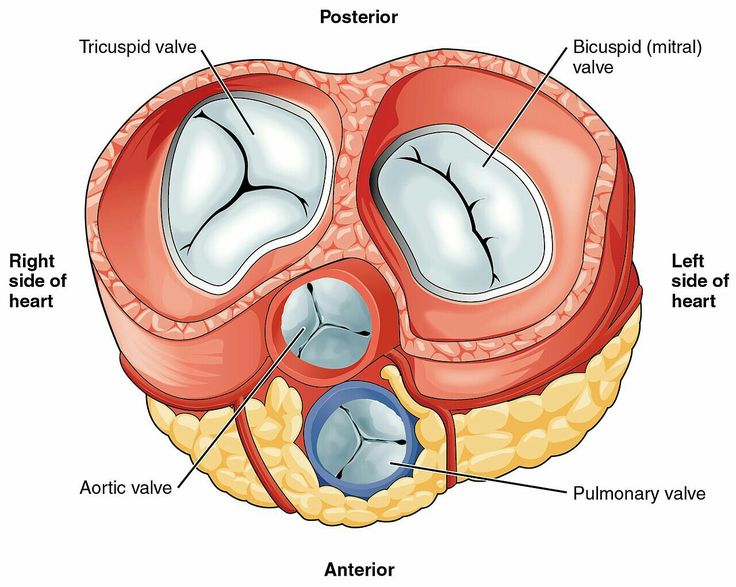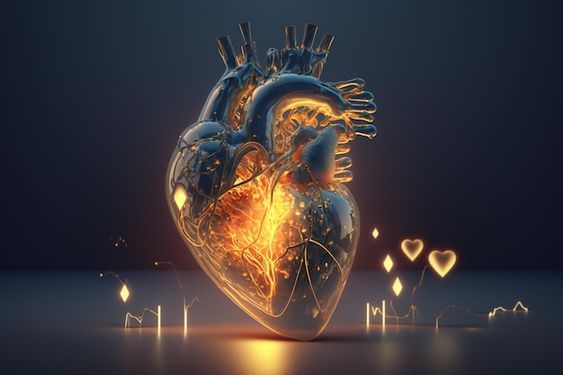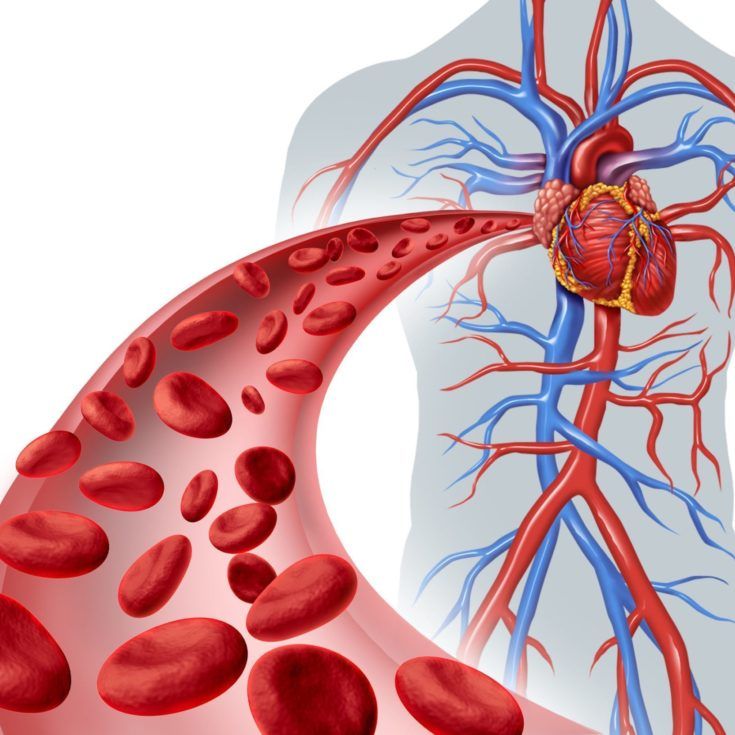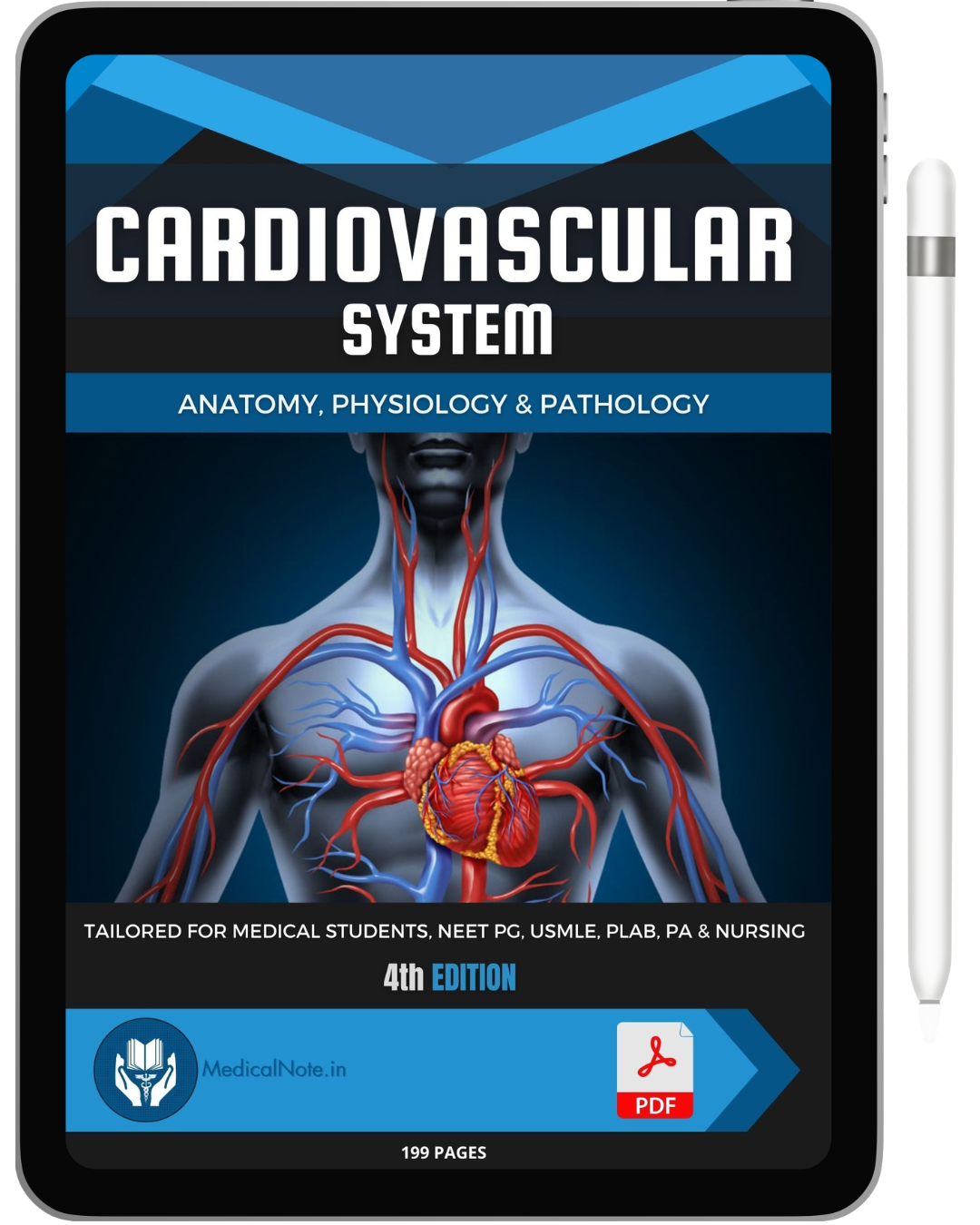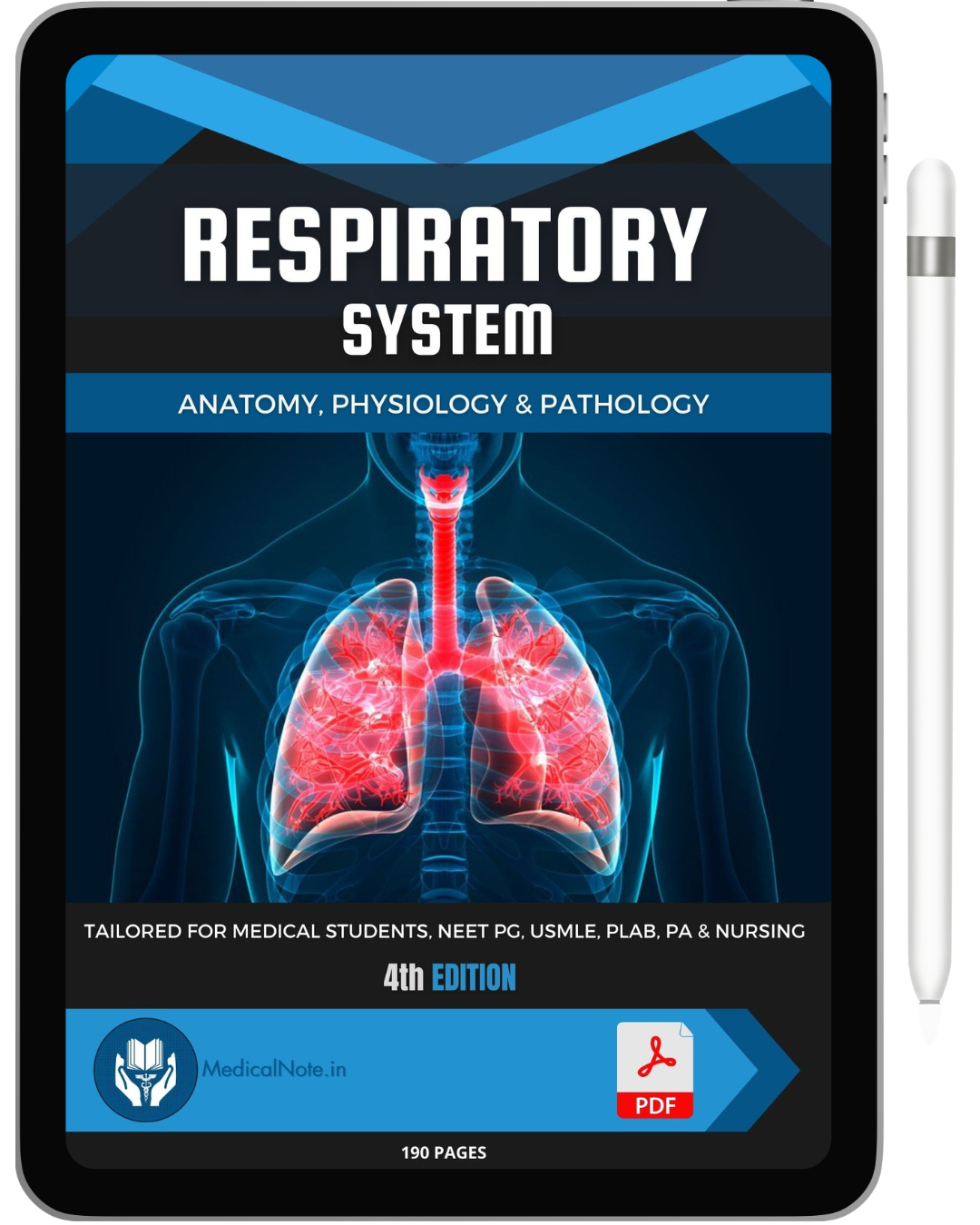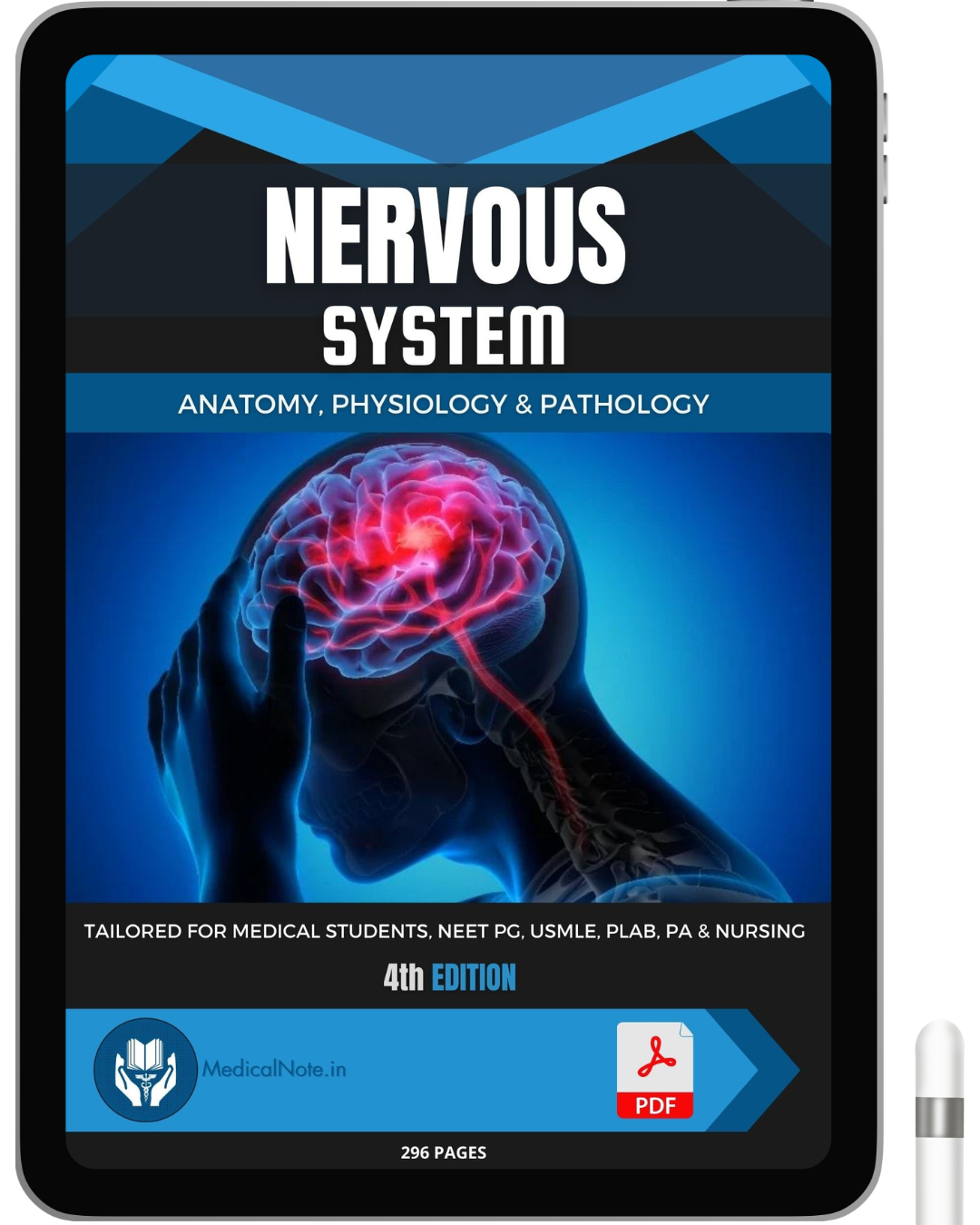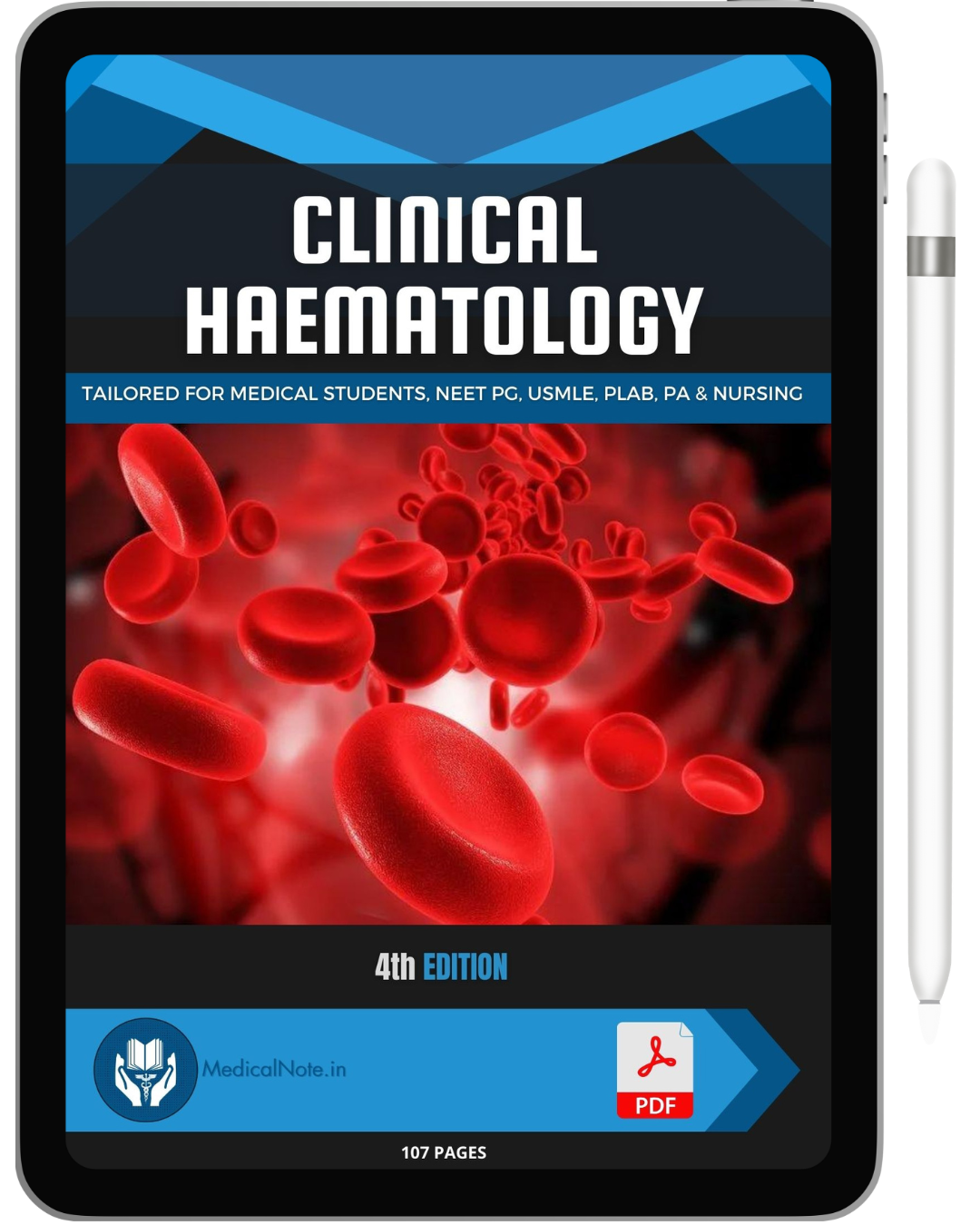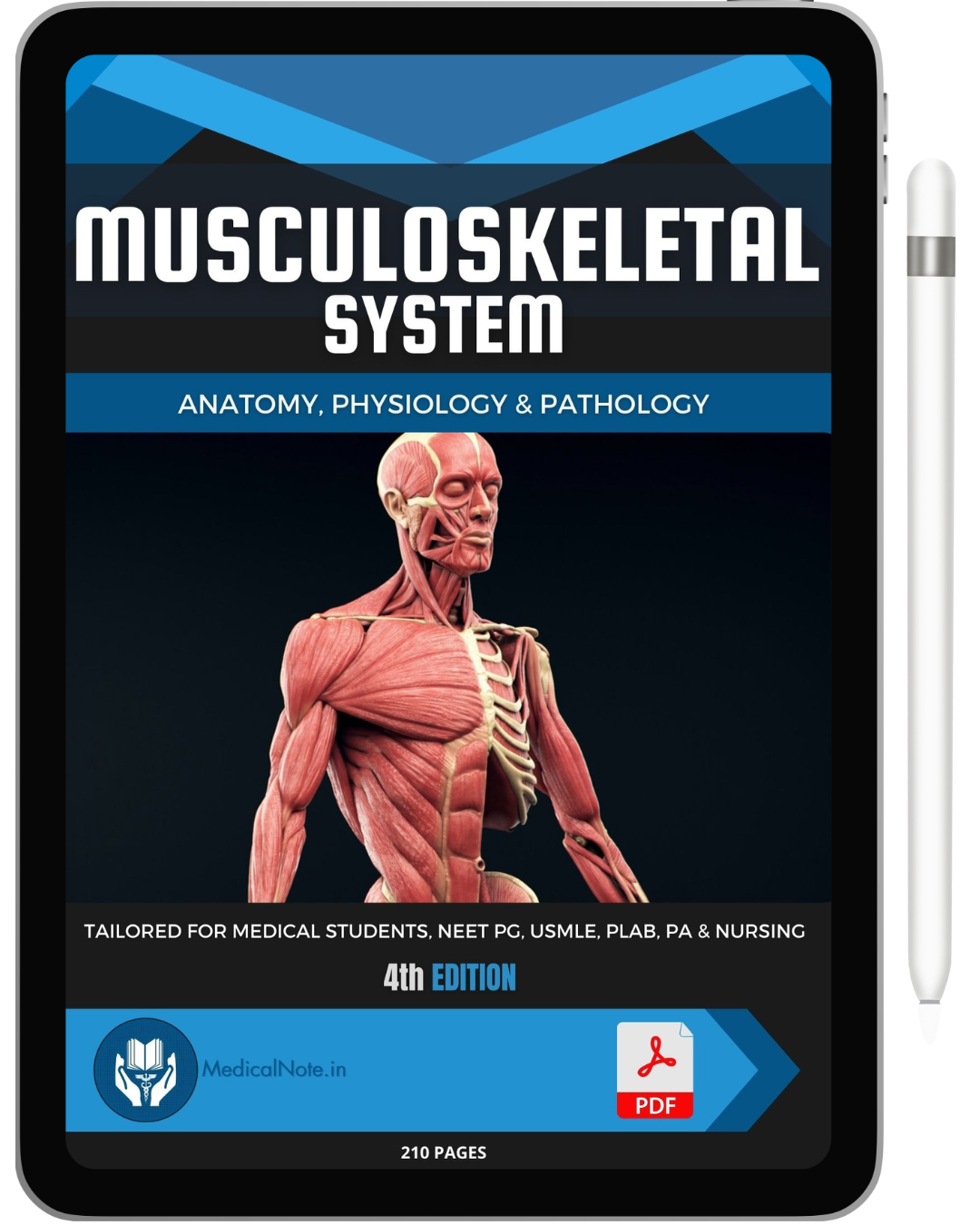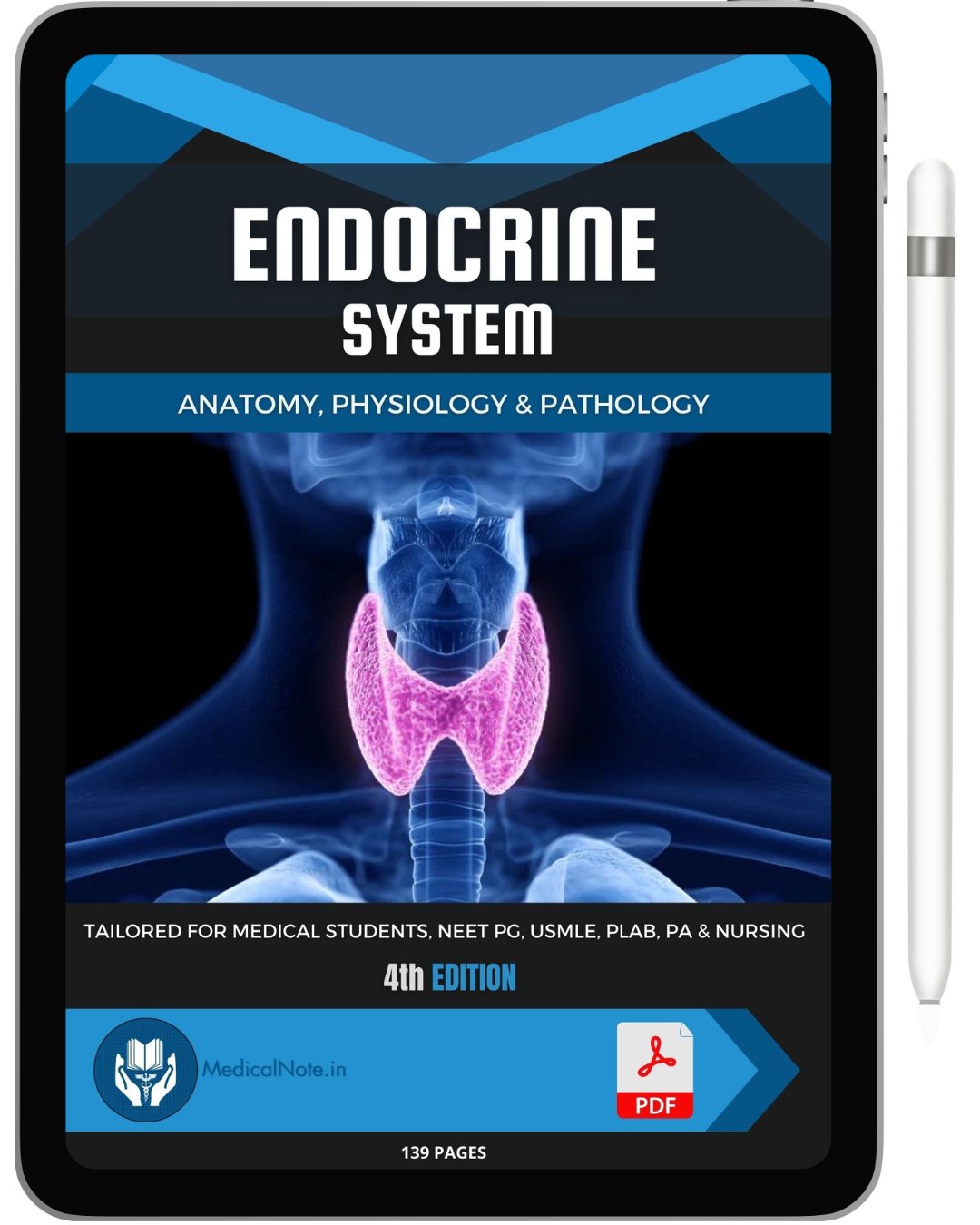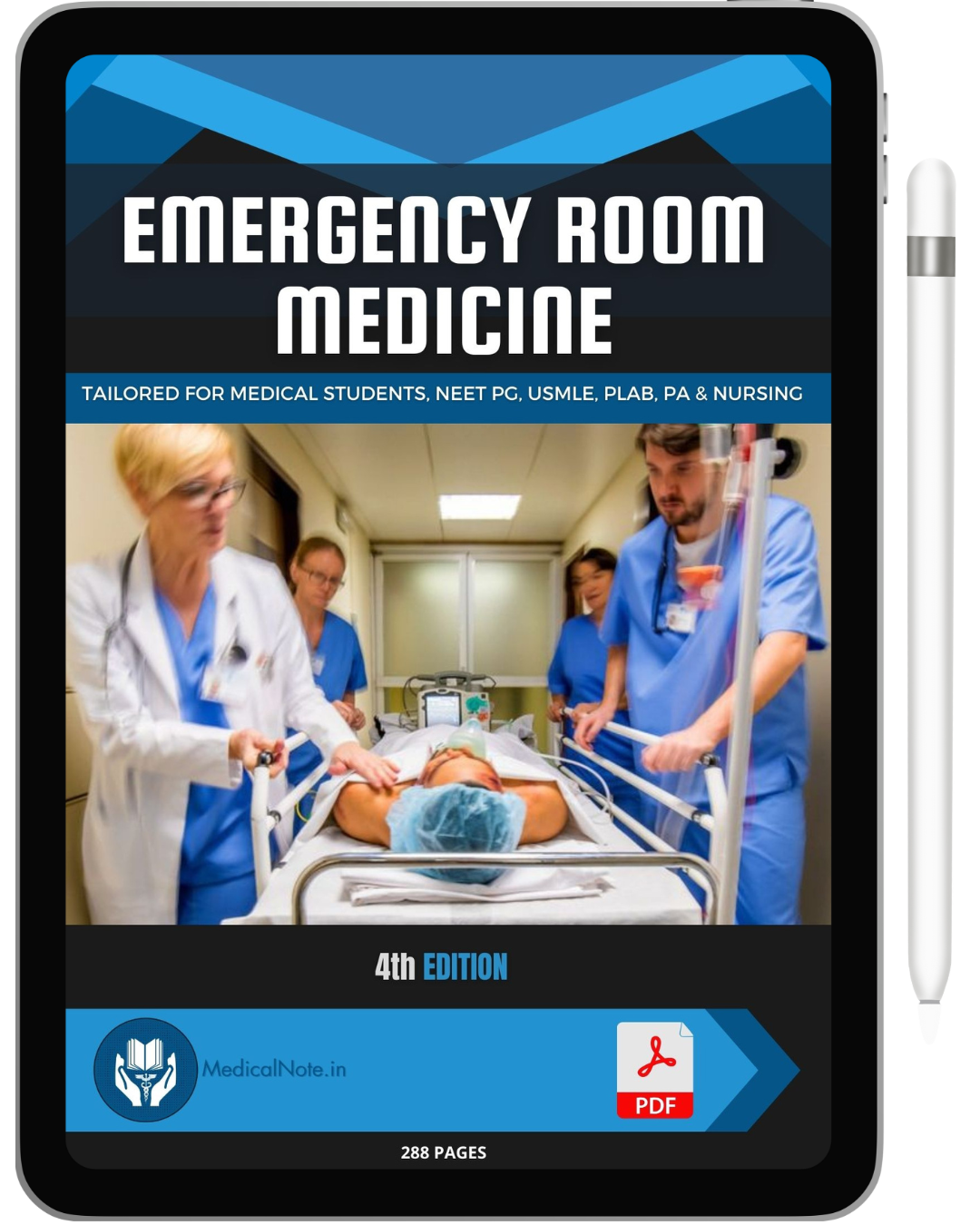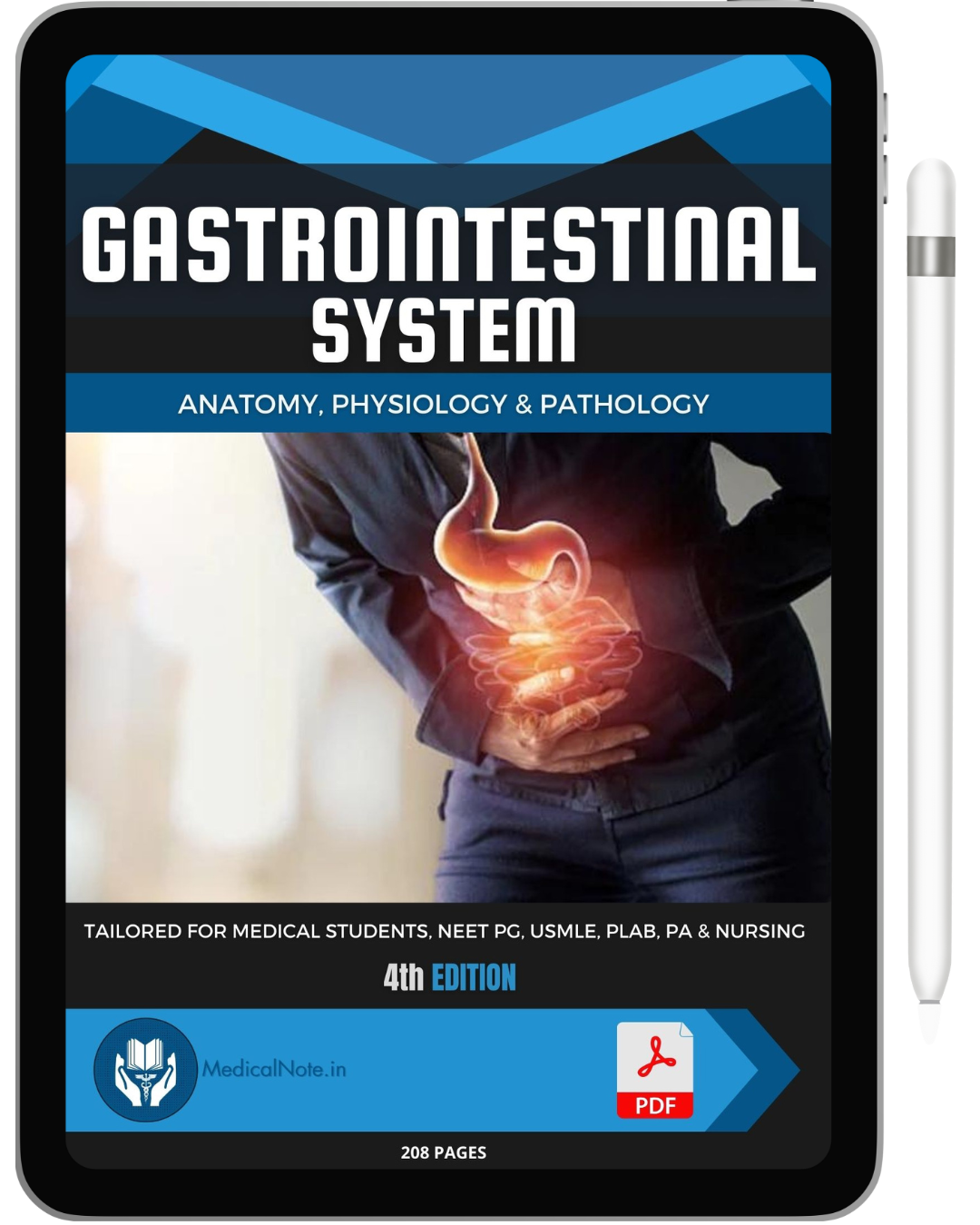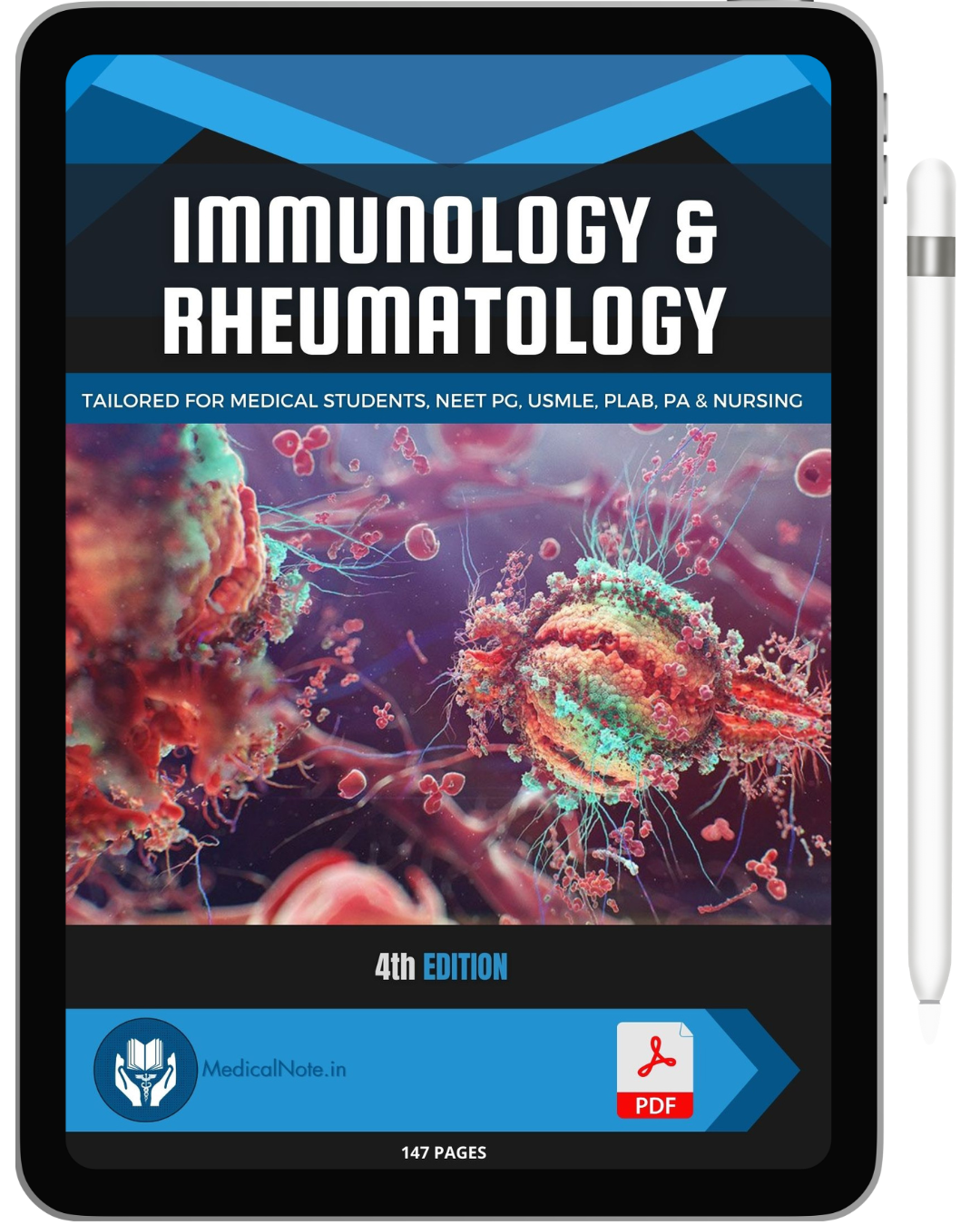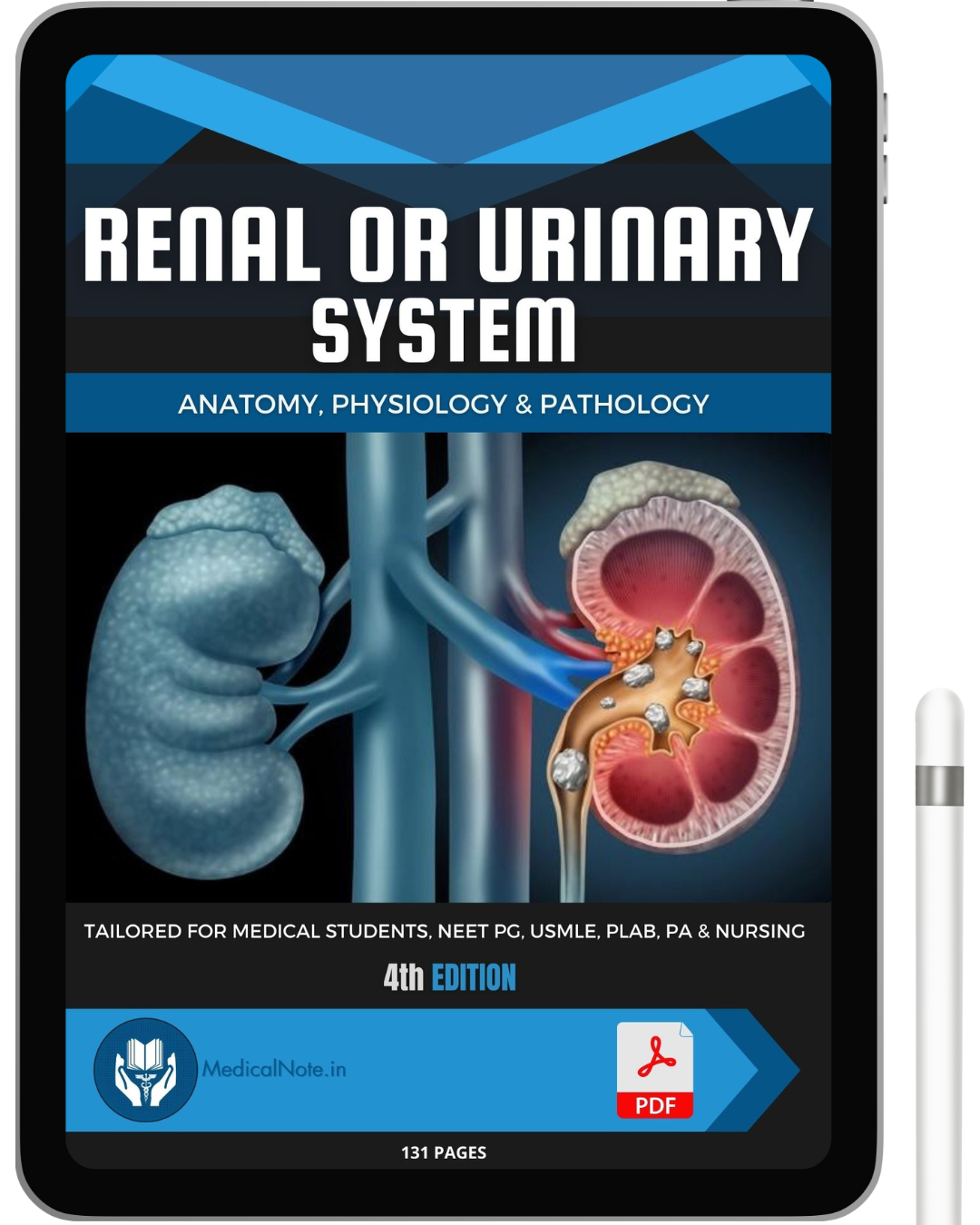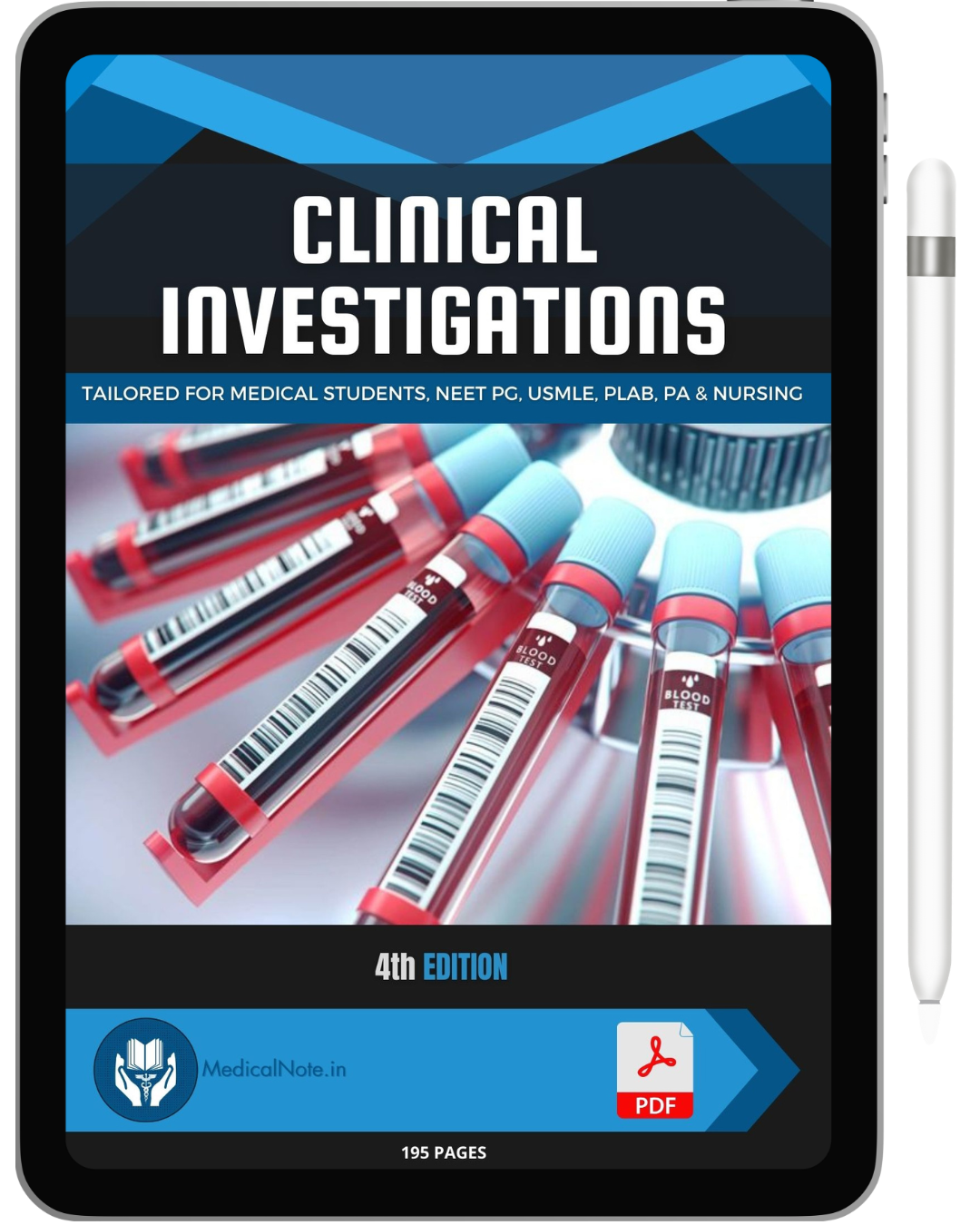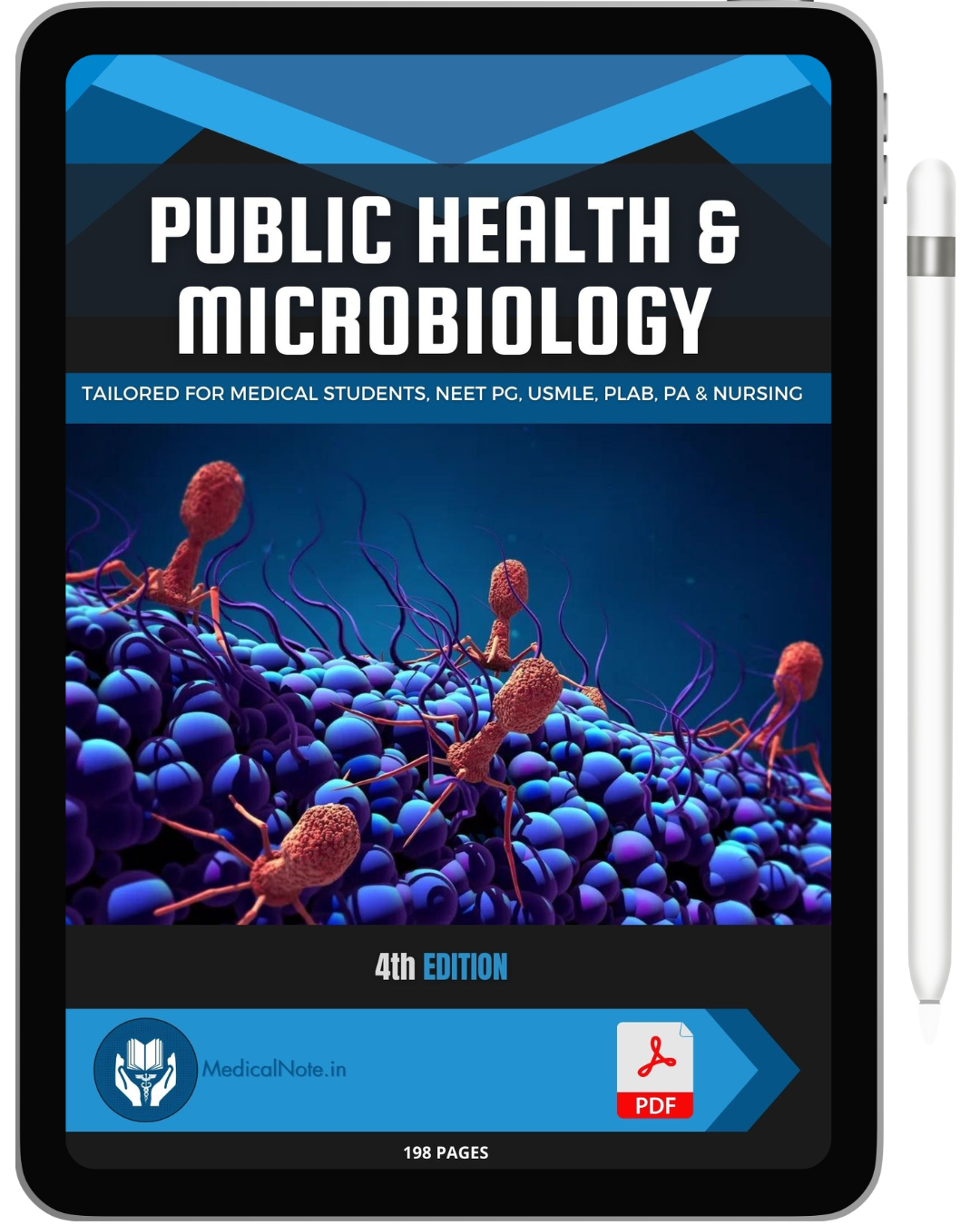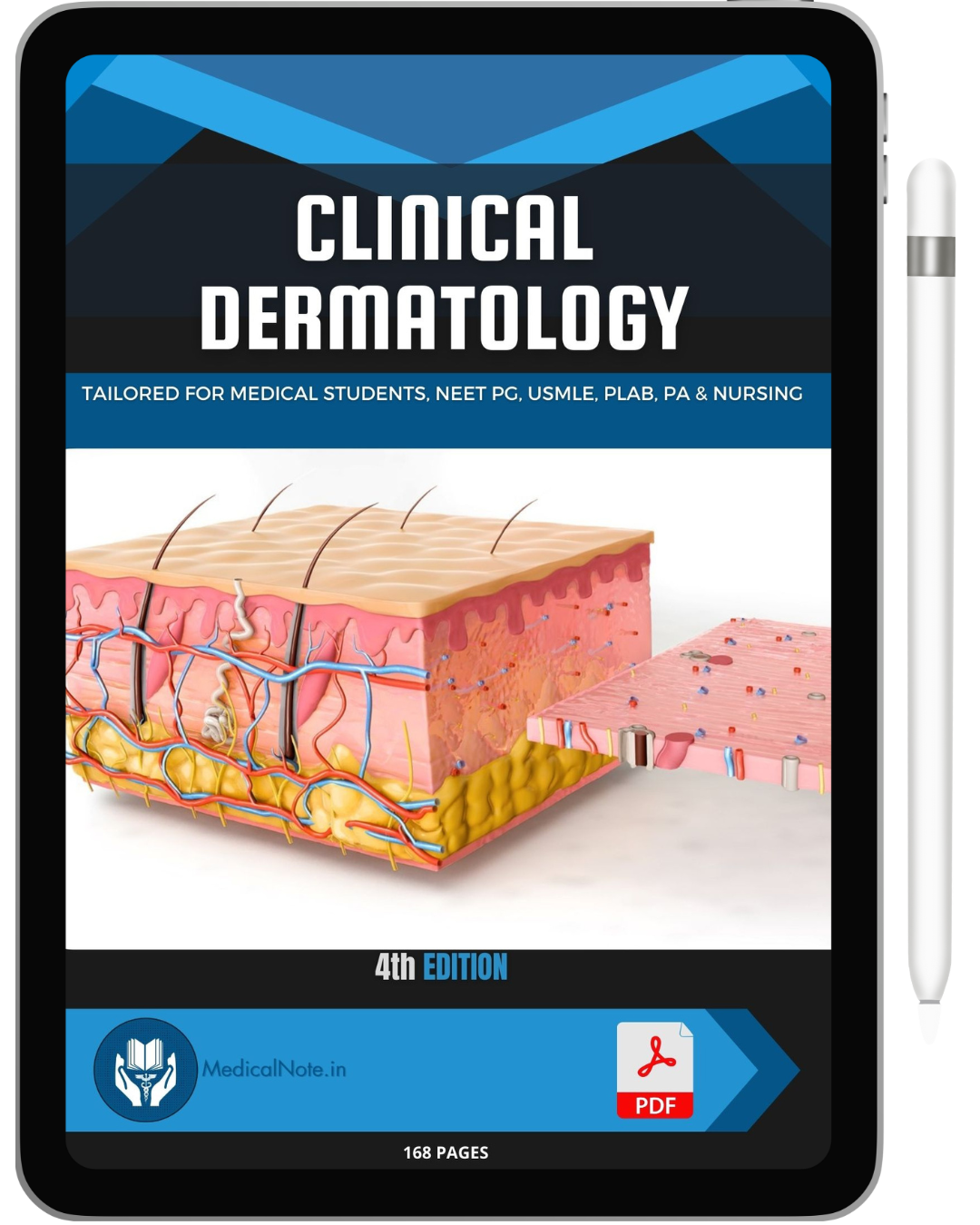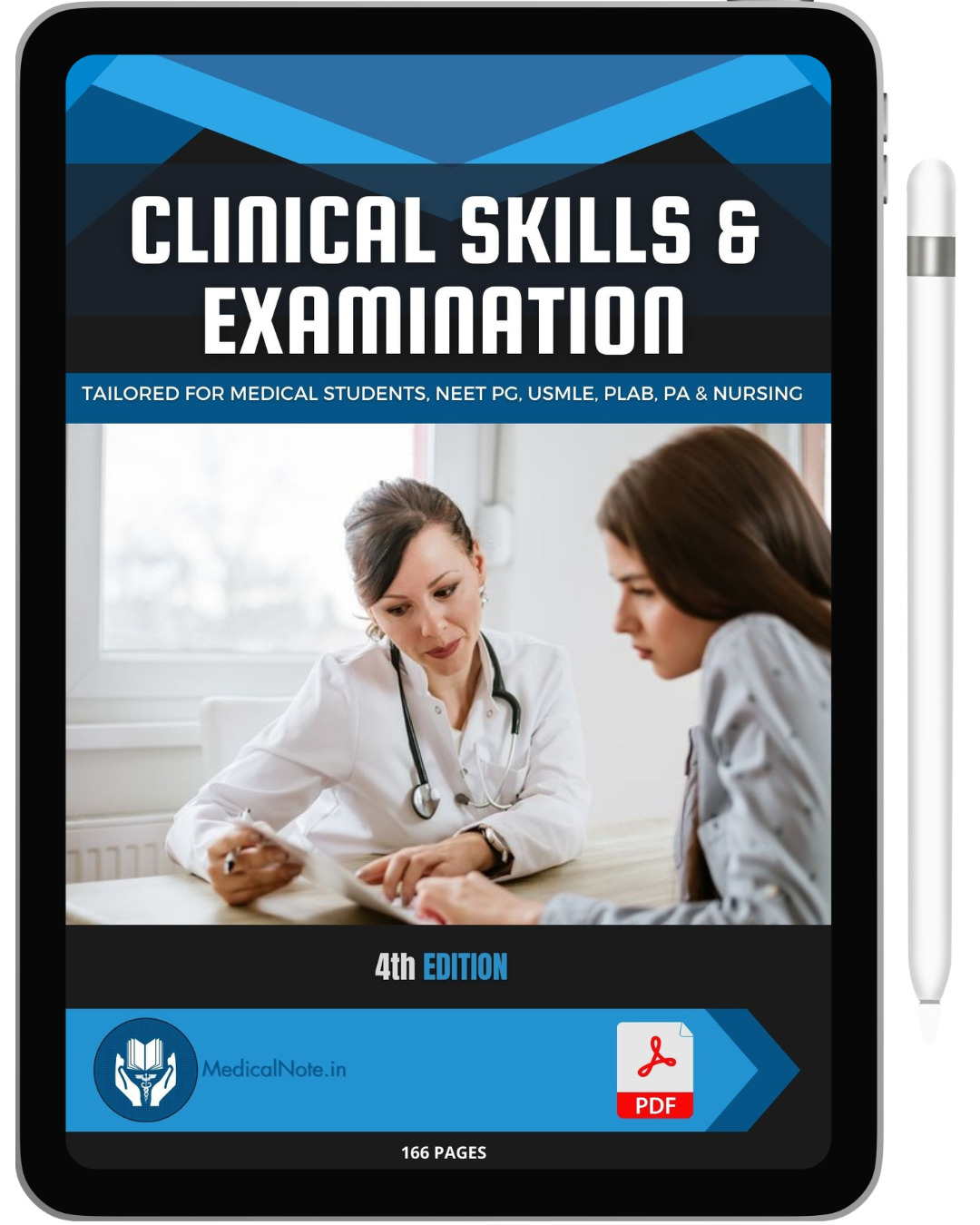Heart valves play a pivotal role in maintaining the unidirectional flow of blood through the heart and into the rest of the body. These valves ensure that blood moves efficiently and prevents any backflow, which is crucial for proper cardiac function. In this blog post, we will delve into the structure and function of heart valves, and discuss common valve disorders and their treatments.
Types of Heart Valves: The heart has four main valves, each with a specific role in the circulation of blood:
- Tricuspid Valve: Located between the right atrium and right ventricle, it has three leaflets (cusps) that open to allow blood to flow from the atrium to the ventricle and close to prevent backflow.
- Pulmonary Valve: Situated between the right ventricle and the pulmonary artery, it allows blood to flow from the heart to the lungs for oxygenation.
- Mitral Valve: Between the left atrium and left ventricle, this valve has two leaflets and is crucial for directing oxygenated blood into the ventricle.
- Aortic Valve: Positioned between the left ventricle and the aorta, it opens to allow oxygen-rich blood to flow to the body and closes to prevent backflow into the heart.
Valve Function: Heart valves operate based on pressure changes within the heart chambers. During each heartbeat, these pressure changes cause the valves to open and close at precise times, ensuring blood flows efficiently and in the correct direction. This coordinated action prevents blood from flowing backward, which is essential for maintaining a consistent and effective circulation.
Common Valve Disorders: Heart valve disorders can significantly impact cardiovascular health. Common conditions include:
- Stenosis: This occurs when a valve does not open fully, restricting blood flow. It can affect any of the heart valves but is most common in the aortic and mitral valves.
- Regurgitation: Also known as insufficiency or incompetence, this happens when a valve does not close properly, allowing blood to leak backward. It can occur in any valve, with mitral and aortic regurgitation being the most frequent.
- Prolapse: Occurs when the leaflets of the mitral valve bulge (prolapse) into the left atrium during systole, sometimes causing regurgitation.
Diagnosing and Treating Valve Disorders: Diagnosis of valve disorders often involves echocardiography, which uses ultrasound to visualize the heart valves and measure blood flow. Treatment options vary depending on the severity of the disorder:
- Medications: To manage symptoms and reduce the risk of complications.
- Surgical Repair: To correct valve function while preserving the patient's own valve.
- Valve Replacement: Using mechanical or biological valves to replace the damaged valve.
Heart valves are crucial for ensuring efficient and unidirectional blood flow through the heart. Understanding their structure and function helps in diagnosing and treating valve disorders, ultimately contributing to better cardiovascular health. Regular check-ups and early intervention can significantly improve outcomes for individuals with valve disorders.


